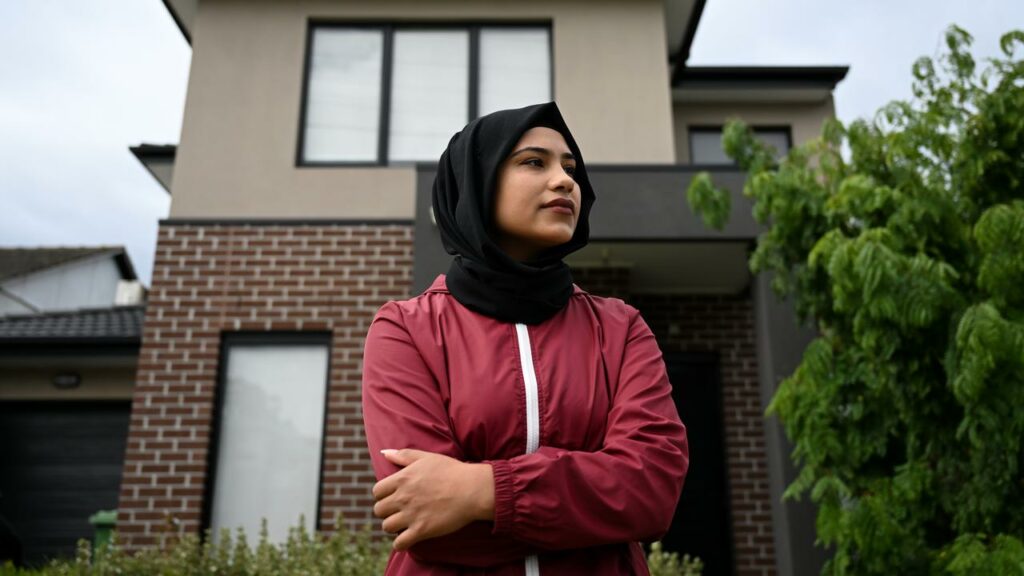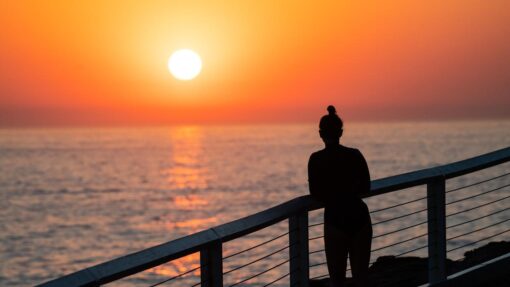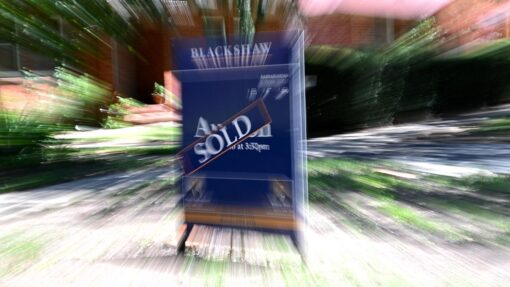Refugees being squeezed out of soaring rental market
Farid Farid |

Months after jumping on a military plane to escape the Taliban takeover of Afghanistan, Bahara Samimi was rushing to catch trains to early appointments with Melbourne real estate agents.
The 23-year-old Afghan women’s national soccer team player and dentistry student was evacuated by the Australian government, landing in Brisbane for processing then eventually settling in Melbourne in September 2021.
As a temporary protection visa holder, she was not allowed to work and relied on Centrelink payments to rebuild her life.
“It took us two months to find a place which we could afford,” she tells AAP.
“We searched on Google for rentals, applied online which was very different to how you rent in Afghanistan and an unfamiliar process for us with references and so but we just had to do it.”
With no rental history in Australia or payslips from a steady job to prove her credentials, she received a steady stream of rejections.
“I couldn’t even talk English properly at that point,” she says.
“I didn’t know which trains to catch but people from the Afghan community helped us, including our coach, who told us where to go so we could make our appointments with real estate agents in Noble Park and Dandenong.”
The latest CoreLogic rental review for the first quarter of the year reveals a 2.5 per cent rise in the cost of rent nationally.
Tenants have had to fork out an extra $52 a week or more than $2700 a year.
Vacancy rates have fallen to near-record lows, with 1.1 per cent of rental properties available nationwide.
While it recorded the largest quarterly rise in rent, Melbourne remains the country’s most affordable city, averaging $526 per week.
But that cost still prevents many refugees and asylum seekers laying down roots in a fluctuating housing market, Western Sydney University researcher Elizabeth Conroy says.
She authored a recent report on housing exclusion of asylum seekers and says with affordability at an all-time low, refugees and asylum seekers have to make quick and difficult decisions about where to live.
Ms Samimi eventually moved in with one of her teammates, her two brothers and sister in a three-bedroom rental in Dandenong, costing about $2000 a month.
“We couldn’t pay the rent on time because we had to wait for our Centrelink payments and balance it all out with grocery shopping and getting around, so the landlord said we had to move out.”
The CoreLogic report noted Sydney had overtaken Canberra as the most expensive city to rent in Australia, with a median of $699 per week.
One Ugandan asylum seeker on a bridging visa until his humanitarian status is reviewed is adjusting to living with his wife and two other people.
The 43-year-old dentist came to Sydney with his spouse nine months ago leaving their three teenage children behind.
Without access to Centrelink payments or the right to work, he has been supported by community organisations including the Jesuit Refugee Service.
He pays about $800 a month for a room in a two bedroom unit.
“Getting a house here is very hard. Competition is very high,” he says.
“We’d go inspect a place but at the end of the day we don’t have the requirements to rent, plus everything is very expensive for us with homes at least $500-600 per week.”
Back in Melbourne, Ms Samimi says her lot has improved significantly since receiving her permanent residency about six months ago.
She works as a dental hygienist and trains once a week with the Afghan women’s team, which is affiliated with Melbourne Victory, ahead of their next season which starts in a few weeks.
But she still finds her living situation precarious without her family who she is hoping can be reunited with her.
They are stuck in Pakistan and are still under threat from the Taliban, who has targeted families of other teammates.
“Until now I can’t feel like it’s my home. This home is empty and temporary without my mother and my father,” Ms Samimi says.
AAP


